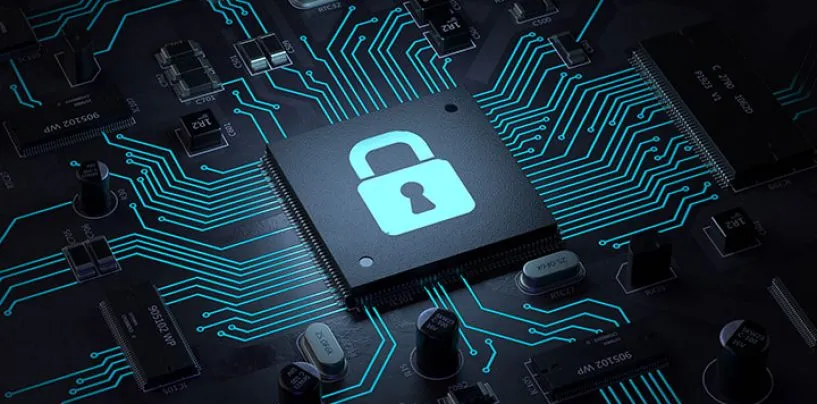
1.What is an Information Security Assurance?
Information assurance and security is the management and protection of knowledge, information, and data.
2.Components Information Security Assurance?
These 5 principles of information assurance will help guide you as you evaluate each component or asset that handles sensitive information in your organization.
Availability. ...
Integrity. ...
Confidentiality. ...
Authentication. ...
Nonrepudiation.
3.Differentiate the certification programs to Common body language?
• Understand the range of nonverbal behaviors that comprise 'body language'
• Understand the nuances of handshakes and touch
• Understand how your personal style influences your body language
• Match body language to words
• Know how to read facial expressions
• Interpret common gestures
• Interpret eye contact
• Understand power poses
• Know the sign of a fake smile and when someone is lying to you
4.Differentiate the Governance and Risk management?
Governance, or corporate governance, is the overall system of rules, practices, and standards that guide a business. Risk, or enterprise risk management, is the process of identifying potential hazards to the business and acting to reduce or eliminate their financial impact.
5.Different between Security Architecture to Design?
Security architecture is the set of resources and components of a security system that allow it to function. ... Security design refers to the techniques and methods that position those hardware and software elements to facilitate security. Items like handshaking and authentication can be parts of network security design
6.Different between Business Continuity Planning to D-i-s-a-s-t-e-r Recovery Planning?
The key difference is when the plan takes effect. For example, business continuity requires you to keep operations functional during the event and immediately after. Disaster recovery focuses on how you respond after the event has completed and how you return to normal
7.What is Physical Security Control?
Physical security controls, to include deterrent, detective, and preventive measures, are the means we put in place to mitigate physical security issues. Deterrents aim to discourage those that might violate our security, detective measures alert us to or allow us to detect when we have a potential intrusion, and preventive controls actually prevent intrusions from taking place. In isolation, none of these controls is a complete solution, but together, they can put us on a much stronger footing for physical security.
8.What is Operations Security?
Operational security (OPSEC), also known as procedural security, is a risk management process that encourages managers to view operations from the perspective of an adversary in order to protect sensitive information from falling into the wrong hands.
9.What is Law?
LAW, the discipline and profession concerned with the customs, practices, and rules of conduct of a community that are recognized as binding by the community. Enforcement of the body of rules is through a controlling authority.
10.What is Investigation?
The act of investigating; the process of inquiring into or following up; research; study; inquiry, especially patient or thorough inquiry or examination; as, the investigations of the philosopher and the mathematician; the investigations of the judge, the moralist.
11.What is Ethics?
At its simplest, ethics is a system of moral principles. ... Ethics is concerned with what is good for individuals and society and is also described as moral philosophy. The term is derived from the Greek word ethos which can mean custom, habit, character or disposition.
12.What is Information Security?
Reducing the risk of data breaches and attacks in IT systems. Applying security controls to prevent unauthorized access to sensitive information. Preventing disruption of services, e.g., denial-of-service attacks. Protecting IT systems and networks from exploitation by outsiders.
